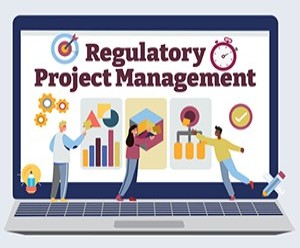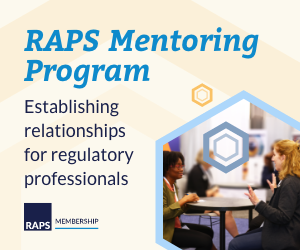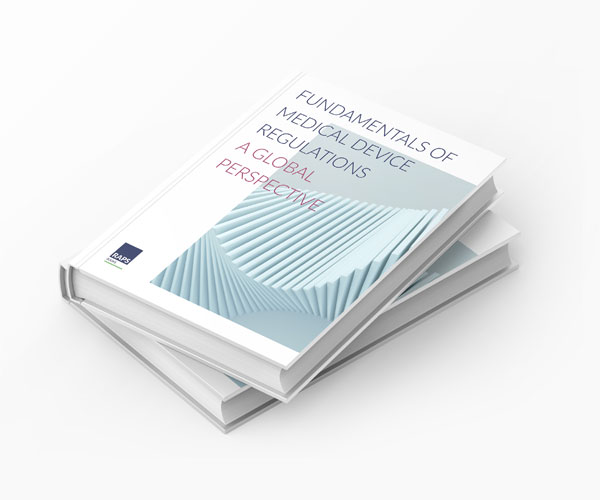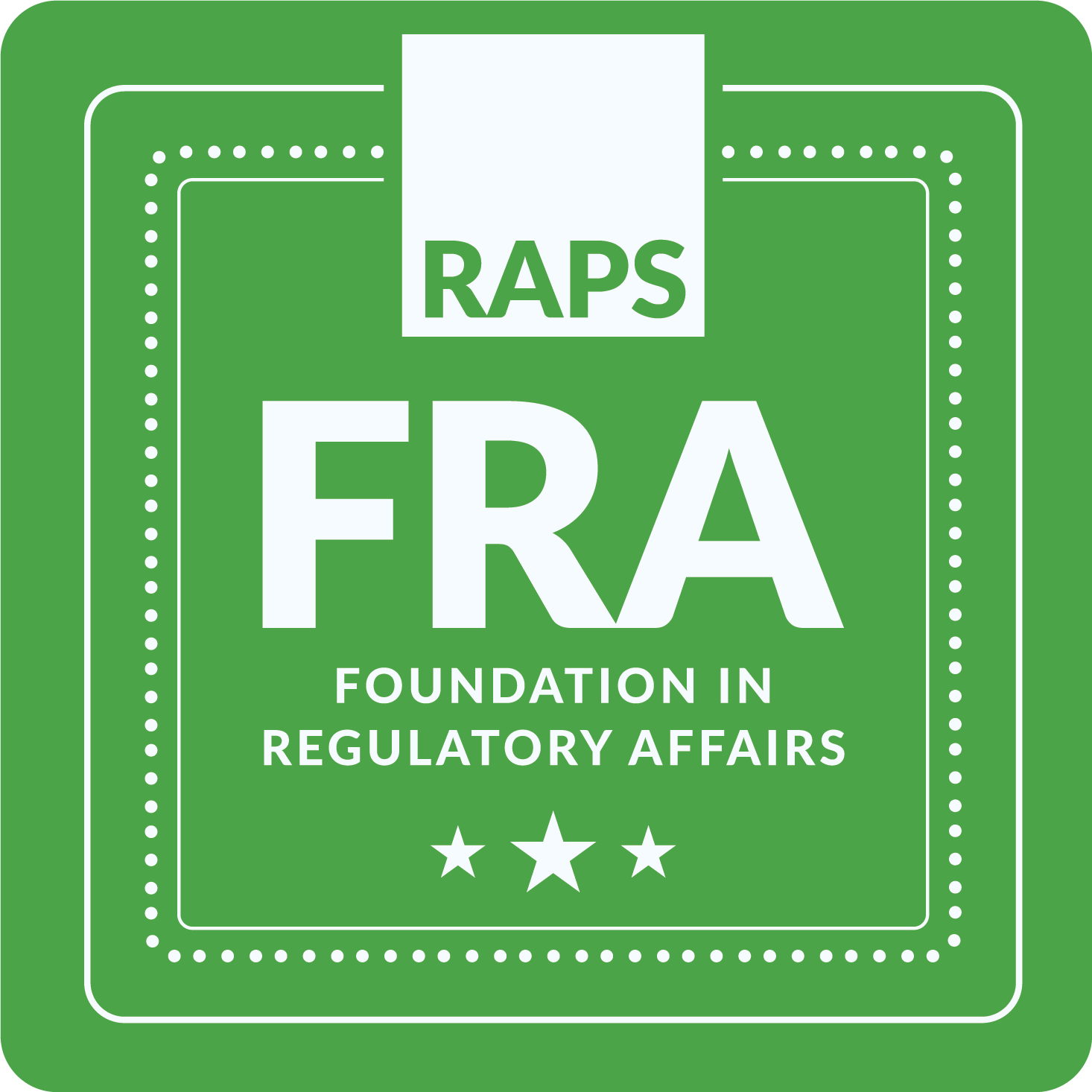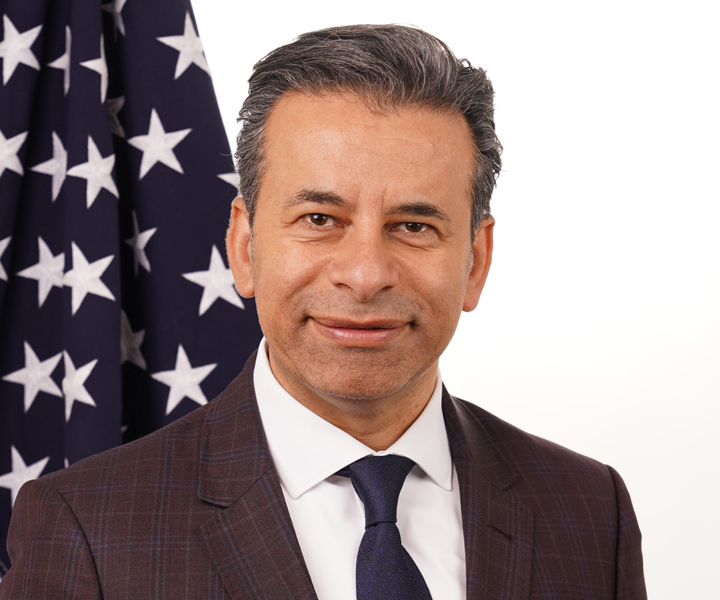GAO Calls on FDA to Evaluate its Efforts on Least Burdensome Approach for Devices
![]() Regulatory News | 17 January 2018 |
Regulatory News | 17 January 2018 |
The Government Accountability Office (GAO) has told the US Food and Drug Administration (FDA) to develop metrics to evaluate its performance in implementing its least burdensome approach to regulating medical devices, according to a report released on Tuesday.
Congress first required FDA to implement a least burdensome approach for reviewing 510(k) and premarket application (PMA) submissions in the 1997 Food and Drug Administration Modernization Act (FDAMA). Since then, FDA has taken steps to develop least burdensome principles for devices.
However, GAO says it's difficult to assess how consistent FDA's application of least burdensome principles has been in the intervening years as the agency does not track performance metrics.
GAO also said that despite the fact that FDA is required to only request information "that is necessary to support the determination that there is reasonable assurance of effectiveness or substantial equivalence" when reviewing PMAs and 510(k)s, the agency asks for additional information for most of the device submissions it receives.
"GAO found that, from 2001 through 2016, FDA issued letters asking sponsors to provide such information for a majority of the more
Between 2013 and 2016, GAO says that more than half of the 63 appeals made to CDRH involving devices were related to least burdensome requirements. In 11 of those cases, FDA either agreed or partially agreed with the sponsors.
GAO also notes that while FDA offered dedicating training to staff on least burdensome requirements from 1997-1999, the agency did not provide dedicated least burdensome training again until after Cures was passed in 2016.
In response to the report, FDA Commissioner Scott Gottlieb said he's "fully committed" to implementing the recommendations.
"An effective and consistent least burdensome approach is essential for evaluating novel devices under FDA review as well as accommodating iterative improvements to existing devices already on the market," Gottlieb said.
He highlighted recent efforts by the agency to reduce burdens on the medical device industry, including its proposed alternative 510(k) pathway, software "Pre-Cert" pilot and a new draft guidance on how the agency intends to apply least burdensome principles to medical device review to reduce the amount of information necessary to demonstrate the safety and effectiveness of new devices.
Gottlieb also said that more than 90 percent of staff at the Center for Devices and Radiological Health (CDRH) have been trained on least burdensome requirements and that the agency will complete an audit of its training by June.
© 2025 Regulatory Affairs Professionals Society.

